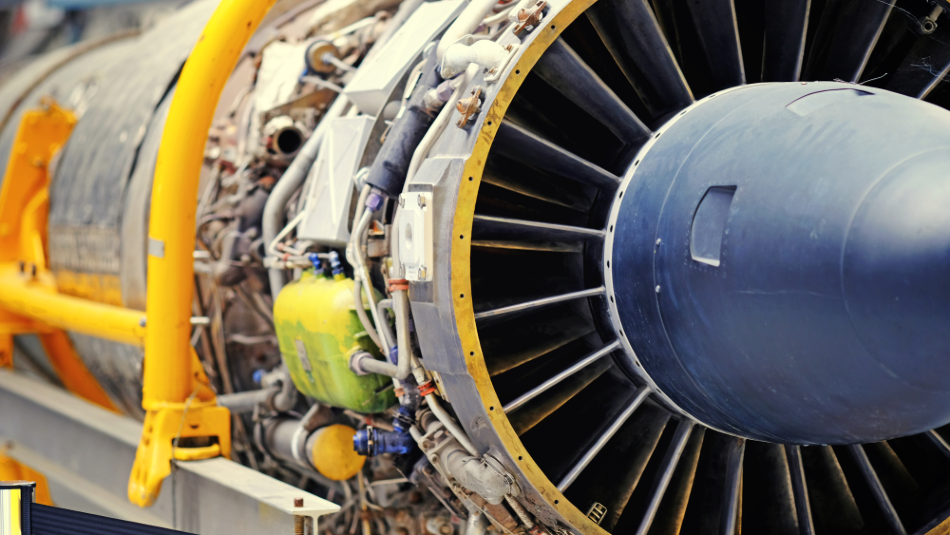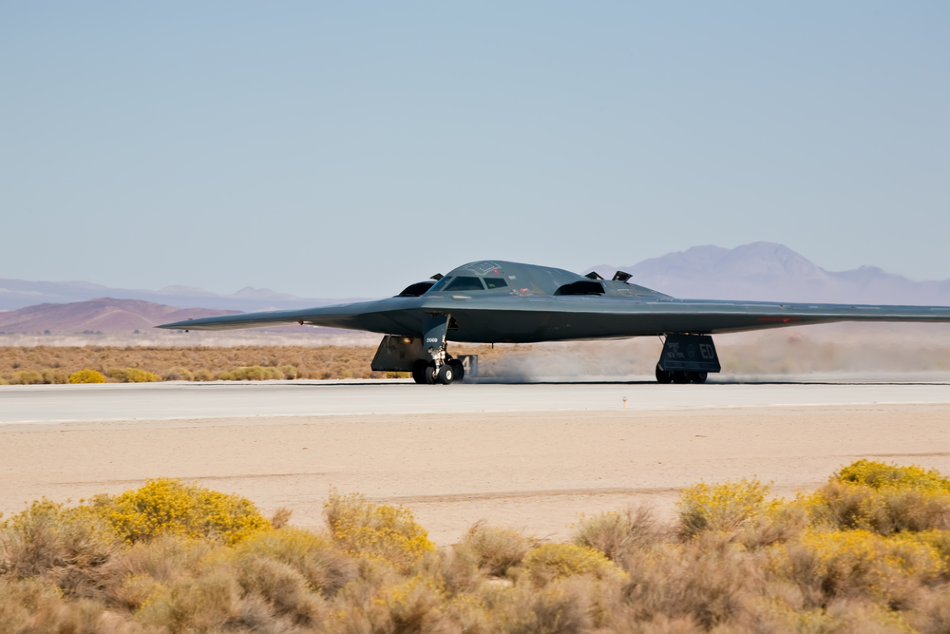
Image Credit: Jean-Elie Trujillo/Shutterstock.com
The aerospace and defense industries produce low volume, high-value products. The traditional tooling phase for shop-floor machinery creates a large overhead, making the production of small components and spare parts a time-consuming and expensive process. Manufacturers are turning to 3D printing as the ultimate flexible manufacturing system to combat these problems.
Short-run production is expensive, and the aerospace industry does not lend itself to mass production because it never expects to get the volumes of sales experienced by other engineering sectors such as the automotive industry. Every specialized component in a plane is costly to produce, and tooling costs cannot be spread over long production runs.
A plane contains thousands of components, ranging from electronics through to plastic buttons and covers. The typical design process for military aircraft rules out off-the-shelf components. If a button cover breaks off or a spring wears loose, a factory will receive an order for just one tiny piece.
Retooling is an obvious target for cost savings in the aerospace industry, and the solution lies in flexible manufacturing systems. 3D printing offers one of the best paths towards slashing the costs of short-run specialized component production.
Custom Production for Aircraft Components
The 3D printing revolution is at the cutting-edge of manufacturing systems and would seem ideally suited towards the production of complex and confidential parts. However, 3D printing is making its most significant breakthrough in the provision of mundane components, especially for the production of spare parts.
Cockpit design is highly specialized, and controls have to be custom-built so that all of the added technology can be accessed easily and quickly by the crew. However, a custom control requires specialist adapters to connect them through to the controlled subsystem. 3D printing excels at producing low-cost replacements for these elements when they become worn.
An example of how relatively mundane parts are giving 3D printing an entry point in military production lies with the Northrop Grumman B2-Spirit stealth bomber, which has been in service since 1997. Although this aircraft is still considered advanced, it has gone out of production, making the sourcing of replacement parts a complicated procedure.

The Northrop Grumman B-2 Spirit (Stealth Bomber) is a recent example of how 3D printing can help bring down costs and increase efficiency in the replacement of aircraft parts. Image Credit: Eugene Berman/Shutterstock.com
The Airforce Life Cycle Management Center is responsible for keeping military equipment serviceable, and they ran into a problem when a button cover in the B2 cockpit broke off. The button in question was a decouple switch for the airframe-mounted accessory drive.
Even committing to an order of 20 of these covers – one for each of the B2-Sprits still in service – did not bring the cost of the switch covers down to a reasonable level. 3D printing reduced the price of those 20 units down to $4,000.
Spare Parts
The manufacture of spare parts for military equipment no longer in production is becoming a strong niche for 3D printing. Big suppliers to the military are creating additive manufacturing departments to catch this business, which would not be financially viable by traditional manufacturing methods.
Defense manufacturing giant GE now has its GE Additive division to cater to the replacement component demands of the military.
Small manufacturers are also getting a boost by winning short-run production contracts from the armed forces. For example, niche manufacturer Stratasys managed to gain entry into the military supply chain by launching a joint-venture with SIA Engineering Group, an aircraft maintenance operation. Whenever SIA engineers identify a requirement for a replacement component, Stratasys can produce it at a low cost with 3D printing.
The Air Force is heavily involved in sourcing spare parts from 3D printing specialists. The requirements for light and small fittings in a plane means that the incidence of bespoke elements in any aircraft is high.
However, aircraft are not unique in this respect. Armored fighting vehicles and submersibles have similar restrictions, which require every fitting to be individually designed and installed in tight spaces. Other branches of the armed services will also benefit from a supply chain that includes additive manufacturers.
References and Further Reading
Sertoglu, K. (2020) U.S. Air Force Set to Fit B-2 Stealth Bomber with Its First 3D Printed Part. [Online] 3D Printing Industry. Available at: https://3dprintingindustry.com/news/america-makes-launches-four-new-project-calls-with-2-1m-in-awards-174172/ (Accessed on 10 August 2020).
Davies, S. (2020) Additive Flight Solutions receives AS9100D quality management certification for supply of 3D printed parts to aerospace markets. [Online] TCT Magazine. Available at: https://www.tctmagazine.com/additive-manufacturing-3d-printing-news/additive-flight-solutions-receives-as9100d-quality-managemen/ (Accessed on 10 August 2020).
Disclaimer: The views expressed here are those of the author expressed in their private capacity and do not necessarily represent the views of AZoM.com Limited T/A AZoNetwork the owner and operator of this website. This disclaimer forms part of the Terms and conditions of use of this website.